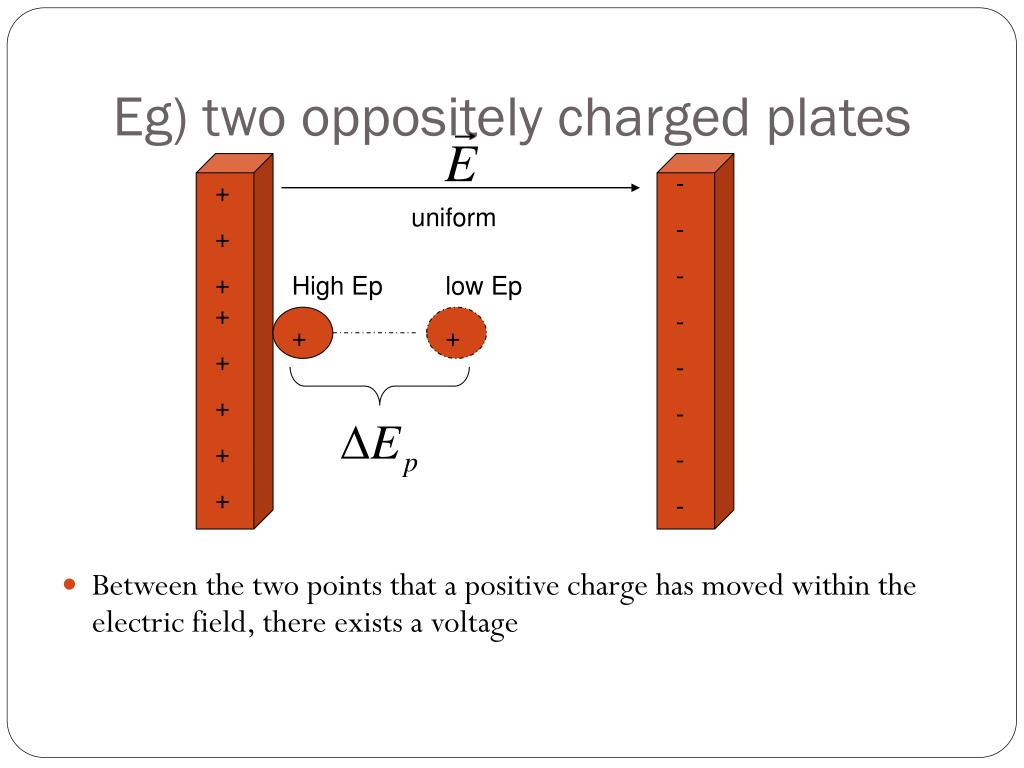

Electromag: Solves electricity and magnetism problems including charges, magnetic fields, simple circuits, capacitors, resistors, I2R power loss and Railguns.Draws a ray diagram along with the worked-out solution. Optics: Solves mirror and lens problems.Heat: Solves calorimetry and heat transfer problems.Bernoulli: Solves fluid flow and Bernoulli equation problems.Hydrostatic: Solves hydrostatic pressure problems.Springs: Solves spring problems (simple harmonic motion).Pendulum: Solves pendulum problems (simple harmonic motion).

Your input as well as the final answer is diagrammed for clarity.

Since potential energy is negative in the case of a positive and a negative charge pair, the increase in makes the potential energy more negative, which is the same as a reduction in potential energy. On the other hand, if you bring a positive and a negative charge nearer, you have to do negative work on the system (the charges are pulling you), which means that you take energy away from the system. Since potential energy is proportional to, the potential energy goes up when goes down between two positive or two negative charges. If you bring two positive charges or two negative charges closer, you have to do positive work on the system, which raises their potential energy. If you have to do positive work on the system (actually push the charges closer), then the energy of the system should increase. Depending on the relative types of charges, you may have to work on the system or the system would do work on you, that is, your work is either positive or negative. This makes sense if you think of the change in the potential energy as you bring the two charges closer or move them farther apart. Note that the electrical potential energy is positive if the two charges are of the same type, either positive or negative, and negative if the two charges are of opposite types. Is the electrical potential energy of two point charges positive or negative if the charges are of the same sign? Opposite signs? How does this relate to the work necessary to bring the charges into proximity from infinity? We call this potential energy the electrical potential energy of. The work done by the applied force on the charge changes the potential energy of. To show this explicitly, consider an electric charge fixed at the origin and move another charge toward in such a manner that, at each instant, the applied force exactly balances the electric force on ( Figure 3.1.2). It is usually easier to work with the potential energy (because it depends only on position) than to calculate the work directly. When a force is conservative, it is possible to define a potential energy associated with the force. This is exactly analogous to the gravitational force. The electrostatic or Coulomb force is conservative, which means that the work done on is independent of the path taken, as we will demonstrate later. Work is done by a force, but since this force is conservative, we can write. In both cases, potential energy decreases as kinetic energy increases. Figure 3.1.1 A charge accelerated by an electric field is analogous to a mass going down a hill.


 0 kommentar(er)
0 kommentar(er)
